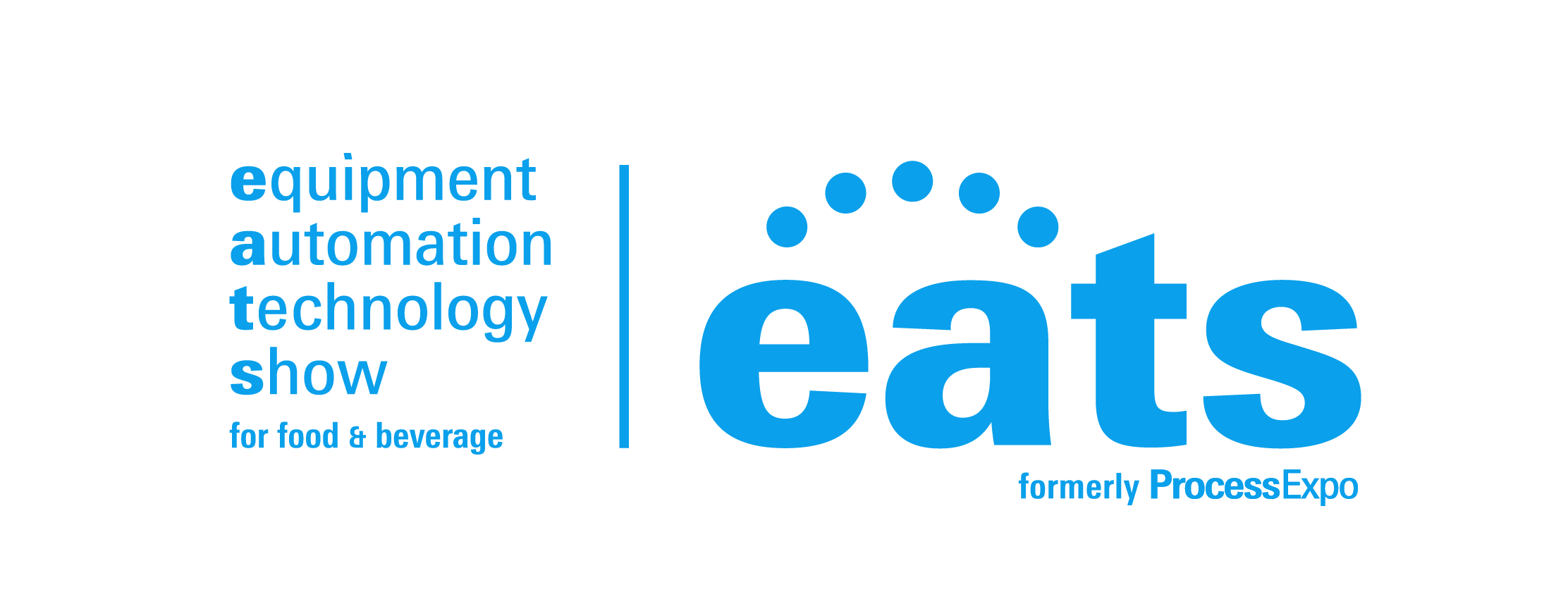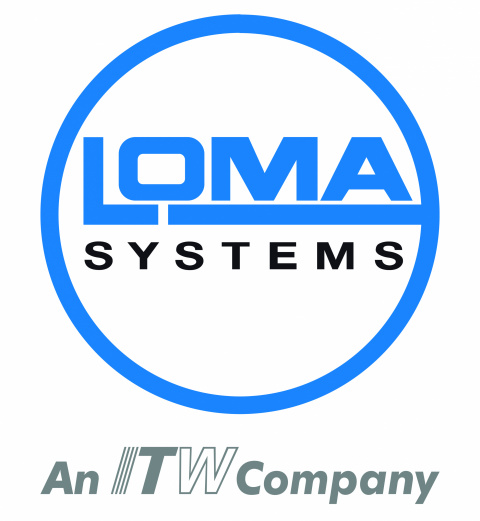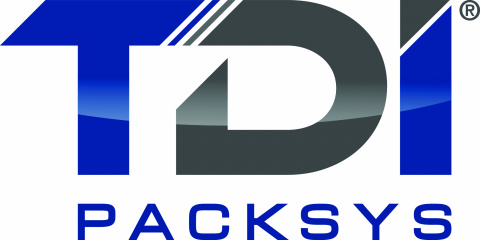
Back in the early days of the cloud computing revolution, my former employer, GigaOM, hosted perhaps the biggest and most influential conference on the topic called STRUCTURE.
One of the phrases that has stuck with me from those days is “data is the new oil,” which I heard declared from the STRUCTURE stage more than a handful of times. At the time, big data technologies were leveraging machine-learning-driven analytics tools to create new correlations and insights from disparate datasets faster than ever before. Those who controlled the data — and could mine it effectively — wielded enormous power.
Now, nearly two decades into the cloud era and three years after the AI “big bang” sparked by the launch of ChatGPT, those early days seem almost quaint by comparison. New AI-powered tools and companies are emerging every day. While much of the “data is the new oil” rhetoric back then felt like spin, today we’re seeing real, transformative progress, especially in new product development.
Food is no exception.
Take the news from Shiru this past week. The company, which uses AI to sort through plant-based food building blocks, announced that it had scaled its first AI-discovered products: OleoPro and uPro. These new approaches to identifying proteins — particularly oleogel structurants (structured fat systems) — are designed to support large-scale production.
As Shiru CEO Jasmin Hume put it:
“This moment is a turning point not just for Shiru, but for the food industry. Even though oleogels have been explored for years (there are over 500 publications on them in the last decade), commercially scaled examples have been elusive — until now. Our AI platform helped us identify the right proteins, but that was only part of the story. Our team then engineered a scalable and entirely new process for producing those proteins with the precise performance attributes required to succeed in real-world formulations.”
But it’s not just next-generation ingredient discovery. New CPG brands are also using AI to decipher early consumer signals and connect the dots before anyone else can launch the next big product. One example is Starday, a startup that recently raised $11 million. Starday uses AI to sift through millions of data points from social media feeds, surveys, point-of-sale data, and more to identify emerging opportunities in food that could lead to future hits.
“Imagine if you had 10,000 consumer insights folks that are watching every video on internet, typing up what’s being said, tagging it, and then kind of building these regression models around how these trends are happening,” said Starday CEO Chaz Flexman in a recent interview with The Spoon. “We’re trying to do that on steroids. We take in about 10 million pieces of content every week, which is very significant.”
In the early big data heyday, companies could look at things like trending tweet mentions. Today, companies like Starday are able to dive into video content, extract context much faster, and build predictive intelligence to guide new product development.
Shiru and Starday are just two examples making headlines recently about how AI is reshaping the food industry. Others are innovating across different parts of the food value chain — from manufacturing optimization (Keychain) to intelligent automation (Chef Robotics), all the way back to the farm with companies like Agtonomy.
Even century-old flavor companies are getting into the act. This past week, Givaudan announced Myromi, a handheld digital aroma delivery device that leverages an AI platform called ATOM.
In short, AI is enabling both startups and established players to move much faster.
And they’re going to have to. In the current MAHA moment in the US, companies are urgently reevaluating ingredient lists and being forced to replace ingredients like food dyes and sugars. This new urgency is adding to what many had already been doing as they see climate change slowly but surely impacting how and what they can source for their products.
Back in 2010, there was a lot of talk about using big data to create better products, but no one was seriously using AI to build food products at that point (heck, Watson, after all, hadn’t even become a chef.) Today, every major food brand has made significant investments — in people, platforms, products — as part of the AI-powered transformation.
In other words, if data is the new oil, it’s now clear that AI is the engine of innovation that is accelerating and driving change across every part of the food system.
















